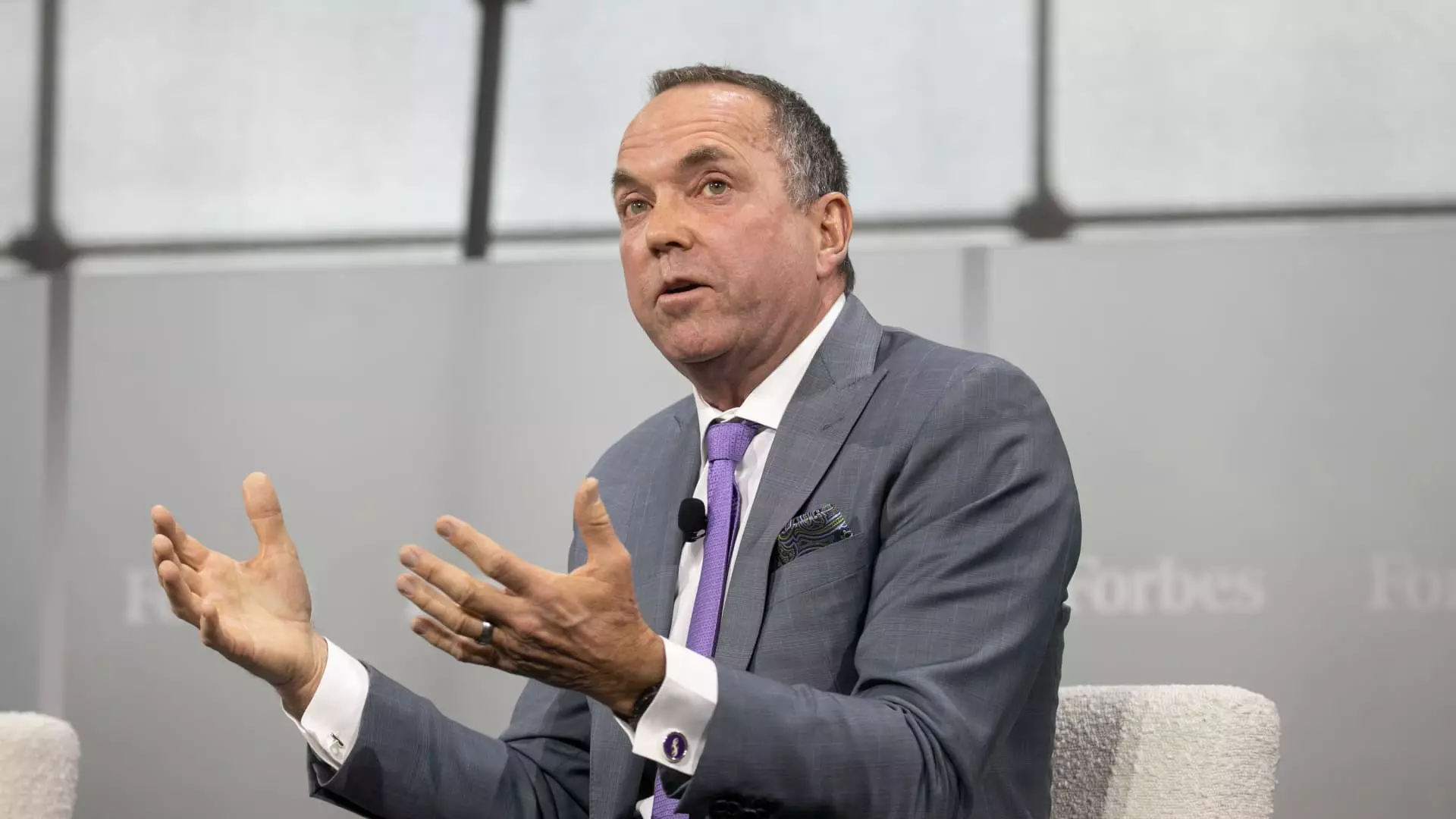The Shattered Promise of Elevidys: A Risk Too High for the Future of Gene Therapy

The recent turmoil surrounding Sarepta Therapeutics and its flagship gene therapy, Elevidys, marks a pivotal moment in the debate over innovative medical treatments. Once heralded as a beacon of hope for Duchenne muscular dystrophy patients, Elevidys now finds itself on the brink of potential market withdrawal amid safety concerns and regulatory scrutiny. This unfolding crisis exemplifies the perilous path that pioneering biotech solutions tread—where promise often collides with peril, and the quest for a cure risks overshadowing patient safety.
The sharp plunge in Sarepta’s stock—more than 30% in a single day—reflects investors’ deepening fears about the therapy’s future. This isn’t just a financial ripple; it signifies a profound crisis of trust. When an FDA regulator hints at halting all shipments, the entire foundation of hope built around the therapy begins to crumble. Despite Sarepta’s claims of ignorance regarding official communications, the fact remains that the regulatory wave is crashing, threatening to dismantle years of painstaking development and clinical hopes.
What makes this saga even more troubling is the trail of deaths linked to Elevidys. While the FDA investigates two patient fatalities tied directly to the therapy, Sarepta’s efforts to assure the public seem increasingly inadequate. More disturbing is the revelation of a third death related to a different gene therapy under the company’s umbrella—highlighting যে the safety risks devour the promise of innovation. This pattern raises fundamental questions about the true cost of attempting to address rare and devastating diseases with cutting-edge technology that, quite frankly, may be rushing ahead of its safety validations.
The Ethical Quandary of Unproven Promise
Duchenne muscular dystrophy is a cruel adversary—an incurable disease that progressively strips away muscle function, leaving patients wheelchair-bound and ultimately leading to premature death. The urgent medical need is undeniable; yet, the pathway to effective treatment has been laden with controversy. Elevidys, initially granted conditional approval, was hailed as a breakthrough. Still, its clinical evidence is shaky at best, with the drug failing to meet primary trial endpoints designed to demonstrate clear benefits.
This disconnect between regulatory approval and actual efficacy exposes a fundamental flaw in how modern medicine sometimes embraces optimism over robust evidence. The FDA’s decision to expand Elevidys’ approval—overruling internal experts—was driven, some argue, more by political and commercial pressures than by firm scientific consensus. Now, with adverse events mounting and possibly irreparable damage done to patient health, the dilemma becomes stark: should we gamble on a therapy with uncertain benefits but grave safety risks? The answer, increasingly clear, is that the risk outweighs the reward.
The issue is compounded by the fact that Elevidys was only approved for a narrow patient group—children aged 4 to 5—and even that was contentious due to limited data. Extending its use to older or more severely affected patients was a gamble that has backfired spectacularly. The tragic consequences of these decisions question whether the regulatory framework is equipped to safeguard patients from the very promise of innovation.
The Market Implications and a Test for Biotech Innovation
In the biotech world, Elevidys was meant to be Sarepta’s crown jewel—a product that could redefine the company’s future and potentially generate hundreds of millions in revenue. Its significance cannot be overstated; it was the cornerstone of Sarepta’s growth strategy. Now, the prospect of regulatory shutdown threatens to annihilate not only shareholder value but also the credibility of gene therapy as a safe, reliable method of treatment.
This crisis underscores the dangers of putting too much faith in revolutionary therapies before they’re fully validated. Novartis’ Zolgensma, despite its own safety concerns, is more clearly beneficial, illustrating the importance of proven efficacy alongside safety. Elevidys, with its unproven benefits and mounting safety issues, exemplifies how hype can outpace science—a lesson that should resonate across the industry.
Moreover, the intense focus on medical breakthroughs often overshadows the importance of rigorous clinical validation. Too quickly, the regulatory environment allowed Elevidys’ accelerated approval, bypassing crucial long-term safety data. This breach between promise and proof risks setting a dangerous precedent, potentially endangering future innovations and eroding public trust in gene therapy altogether.
As Sarepta halts shipments to the younger cohort, the company’s future hangs by a thread. If regulators move to withdraw Elevidys entirely, Sarepta’s entire existence could be compromised. Investing in the biotech industry requires a skeptical eye—only those prepared to navigate the turbulent waters of innovation with caution and accountability will succeed. The current scandal is a cautionary tale that underscores the risks of glamorizing innovation without adequate safety nets—highlighting that sometimes, the pursuit of progress must come with the willingness to accept setbacks and rigorous oversight.





